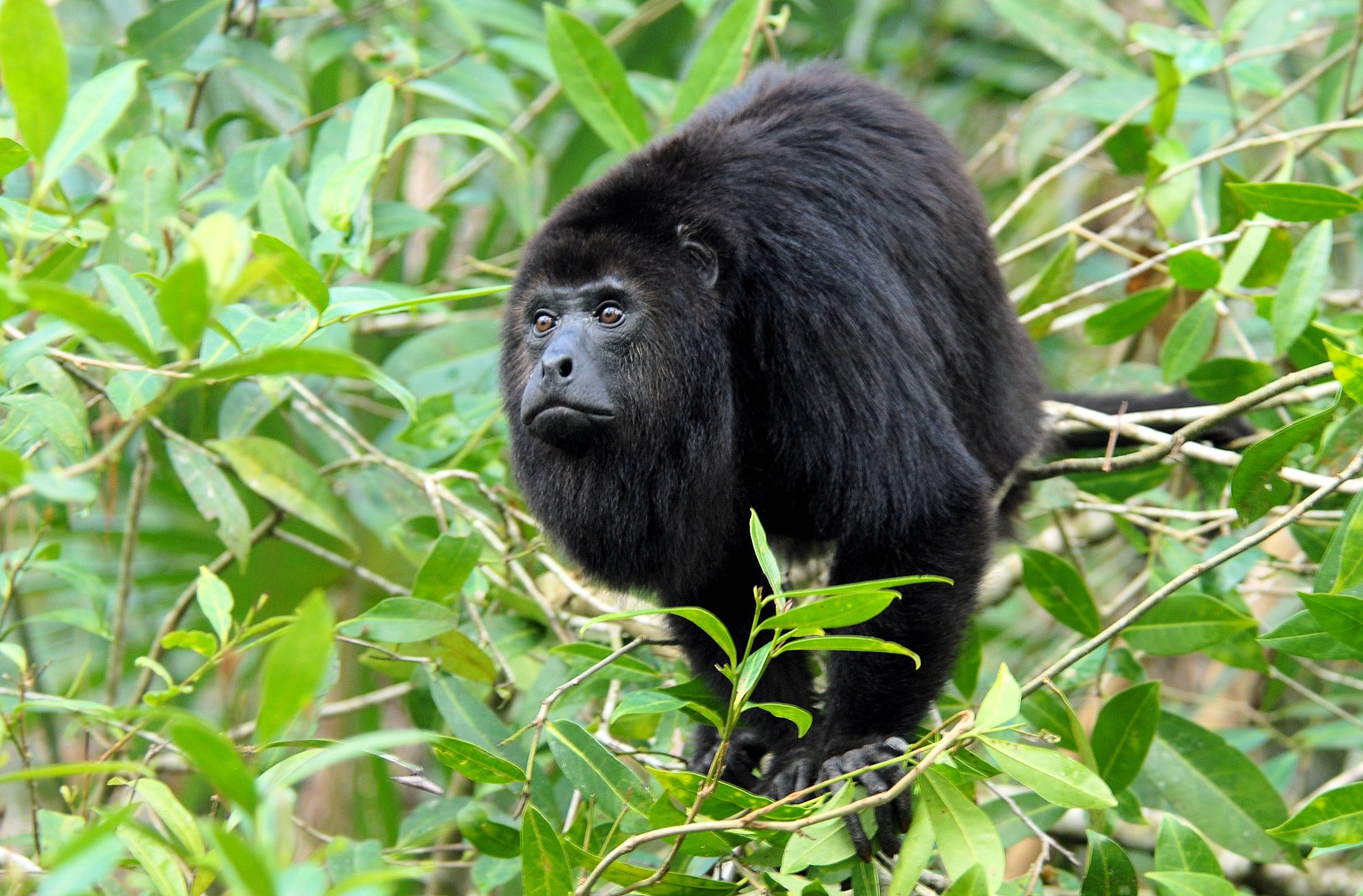|
Allium Glandulosum
''Allium glandulosum'', the gland onion, is a species of flowering plant in the family Amaryllidaceae The Amaryllidaceae are a family of herbaceous, mainly perennial and bulbous (rarely rhizomatous) flowering plants in the monocot order Asparagales. The family takes its name from the genus ''Amaryllis'' and is commonly known as the amaryllis fa ..., native to Mexico, Guatemala, and Honduras. It has a history of cultivation by indigenous Mesoamerican peoples. References glandulosum Flora of Mexico Flora of Guatemala Flora of Honduras Plants described in 1828 {{Allium-stub ... [...More Info...] [...Related Items...] OR: [Wikipedia] [Google] [Baidu] |
Johann Heinrich Friedrich Link
Johann Heinrich Friedrich Link (2 February 1767 – 1 January 1851) was a German naturalist and botanist. Biography Link was born at Hildesheim as a son of the minister August Heinrich Link (1738–1783), who taught him love of nature through collection of 'natural objects'. He studied medicine and natural sciences at the Hannoverschen Landesuniversität of Göttingen, and graduated as MD in 1789, promoting on his thesis ''"Flora der Felsgesteine rund um Göttingen"'' (Flora of the rocky beds around Göttingen). One of his teachers was the famous natural scientist Johann Friedrich Blumenbach (1752–1840). He became a private tutor (''Privatdozent'') in Göttingen. In 1792 he became the first professor of the new department of chemistry, zoology and botany at the University of Rostock. During his stay at Rostock, he became an early follower of the antiphlogistic theory of Lavoisier, teaching about the existence of oxygen instead of phlogiston. He was also a proponent of the ... [...More Info...] [...Related Items...] OR: [Wikipedia] [Google] [Baidu] |
Christoph Friedrich Otto
Christoph Friedrich Otto (4 December 1783 – 7 December 1856) was a German gardener and botanist. He was born in Schneeberg, Saxony. From 1805 to 1843 he was inspector of the Botanical Garden in Berlin. Together with Albert Gottfried Dietrich (1795–1856), he edited the ''Allgemeinen Gartenzeitung'' from 1833 until his death in 1856 in Berlin. The genus of plants ''Ottoa'' Alexander von Humboldt, H.Aimé Bonpland, B.Carl Sigismund Kunth, K. is named after him. As a taxonomy (biology), taxonomist, he was the binomial authority, binomial authority/co-authority of many species, including numerous plants within the family Cactaceae. Published works * ''Abbildung der fremden in Deutschland ausdauernden Holzarten'', 1819–1830 (with Friedrich Guimpel and Friedrich Gottlob Hayne). * ''Abbildungen auserlesener Gewächse des königlichen botanischen Gartens'', 1820–1828 (with Heinrich Friedrich Link) - Illustrations of plants from the royal botanical gardens. * ''Abbildungen neu ... [...More Info...] [...Related Items...] OR: [Wikipedia] [Google] [Baidu] |
Amaryllidaceae
The Amaryllidaceae are a family of herbaceous, mainly perennial and bulbous (rarely rhizomatous) flowering plants in the monocot order Asparagales. The family takes its name from the genus ''Amaryllis'' and is commonly known as the amaryllis family. The leaves are usually linear, and the flowers are usually bisexual and symmetrical, arranged in umbels on the stem. The petals and sepals are undifferentiated as tepals, which may be fused at the base into a floral tube. Some also display a corona. Allyl sulfide compounds produce the characteristic odour of the onion subfamily (Allioideae). The family, which was originally created in 1805, now contains about 1600 species, divided into about 70–75 genera, 17 tribes and three subfamilies, the Agapanthoideae (agapanthus), Allioideae (onions and chives) and Amaryllidoideae (amaryllis, daffodils, snowdrops). Over time, it has seen much reorganisation and at various times was combined with the related Liliaceae. Since 2009, a very broa ... [...More Info...] [...Related Items...] OR: [Wikipedia] [Google] [Baidu] |
Allium
''Allium'' is a genus of monocotyledonous flowering plants that includes hundreds of species, including the cultivated onion, garlic, scallion, shallot, leek, and chives. The generic name ''Allium'' is the Latin word for garlic,Gledhill, David (2008). "The Names of Plants". Cambridge University Press. (hardback), (paperback). pp 43 and the type species for the genus is '' Allium sativum'' which means "cultivated garlic".''Allium'' In: Index Nominum Genericorum. In: Regnum Vegetabile (see ''External links'' below). Carl Linnaeus first described the genus ''Allium'' in 1753. Some sources refer to Greek ἀλέω (aleo, to avoid) by reason of the smell of garlic. Various ''Allium'' have been cultivated from the earliest times, and about a dozen species are economically important as crops, or garden vegetables, and an increasing number of species are important as ornamental plants. The decision to include a species in the genus ''Allium'' is taxonomically difficult, and spec ... [...More Info...] [...Related Items...] OR: [Wikipedia] [Google] [Baidu] |
Flora Of Mexico
Mexico (Spanish: México), officially the United Mexican States, is a country in the southern portion of North America. It is bordered to the north by the United States; to the south and west by the Pacific Ocean; to the southeast by Guatemala, Belize, and the Caribbean Sea; and to the east by the Gulf of Mexico. Mexico covers ,Mexico ''''. . making it the world's 13th-largest country by are ... [...More Info...] [...Related Items...] OR: [Wikipedia] [Google] [Baidu] |
Flora Of Guatemala
According to Parkswatch and the IUCN, Guatemala is considered the fifth biodiversity hotspot in the world. The country has 14 ecoregions ranging from mangrove forest (4 species), in both ocean littorals, dry forests and scrublands in the eastern highlands, subtropical and tropical rain forests, wetlands, cloud forests in the Verapaz region, mixed forests and pine forests in the highlands. Over one third of Guatemala (36.3% or about 39,380 km²) is forested (2005). About half of the forests (49.7% or roughly 19,570 km²) is classified as primary forest which is considered the most biodiverse forest type. Tree species include 17 conifers (pines, cypress, including the endemic '' Abies guatemalensis''), the most in any tropical region of the world. Guatemala has 7 wetlands of international importance that were included in the Ramsar List. Guatemala has some 1246 known species of amphibians, birds, mammals and reptiles according to figures from the World Conservation M ... [...More Info...] [...Related Items...] OR: [Wikipedia] [Google] [Baidu] |
Flora Of Honduras
The flora and fauna of Honduras reflects the country's geographical location inside the tropics. This has allowed for diverse species of plants and animals to be adapted, but some of them are now in danger of extinction. This has posed the Honduran government, offices and nature organizations to look after the protection of the local environment, like the creation of nature reserves. Flora The flora of Honduras is varied. Pluvioselva, classified a tropical rain forest, is one of its most impressive vegetal populations. Ecologists designated it "Hygrophilous Megatherm Type", for corresponding to regions of high humidity and constant high temperatures, with a single dominant species, like pines or firs, covering big areas. The eastern part of the country, '' La Mosquitia'', has many creeper and climbing plants, such as lianas. There is a great variety of epiphytes, most strikingly the orchids. Adapted to the humid environment, trees are enormous and do not possess deep roots, but ... [...More Info...] [...Related Items...] OR: [Wikipedia] [Google] [Baidu] |



